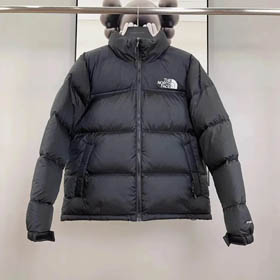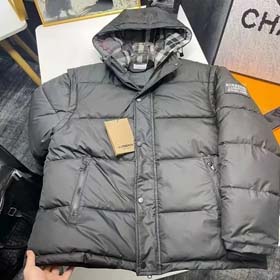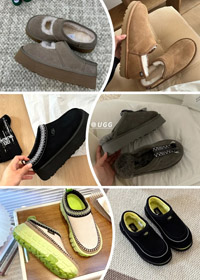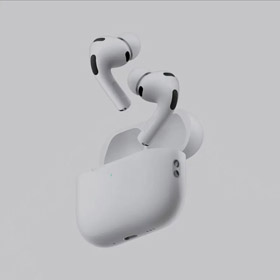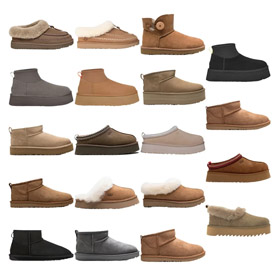How Shopping Websites Use Big Data to Recommend Rolex, Patek Philippe, and Cartier Watches Tailored to Personal Taste
In the era of e-commerce, personalized recommendations have become a game-changer for online shopping platforms. When it comes to luxury watches like Rolex, Patek Philippe, and Cartier, the stakes are even higher. Here's how shopping websites leverage big data to offer tailored recommendations and the underlying logic behind this process.
Data Collection and Analysis
The first step in creating personalized recommendations is data collection. Shopping websites gather a wide range of data points from users, including:
- Browsing history
- Purchase history
- Search queries
- Wishlist items
- Time spent on product pages
- User reviews and ratings
Big data analytics tools then process this information to identify patterns and preferences. For instance, if a user frequently views Rolex watches, the algorithm will prioritize showing Rolex models over other brands.
Behavioral Targeting
Behavioral targeting is another crucial aspect. By analyzing user behavior, the algorithm can predict which watch models a user is most likely to purchase. For example, if a user consistently clicks on sporty Rolex models, the platform will recommend similar styles.
Collaborative Filtering
Collaborative filtering is a technique that involves comparing the behavior of similar users. If multiple users who viewed or purchased a specific Patek Philippe watch also viewed or purchased a particular Cartier model, the algorithm may suggest the Cartier watch to other users with similar buying behaviors.
Machine Learning Algorithms
Machine learning algorithms play a significant role in refining recommendations over time. These algorithms continuously learn from user interactions, improving the accuracy of personalized suggestions. For example, if a user initially shows interest in budget-friendly Cartier models but later switches to high-end Patek Philippe watches, the algorithm will adapt and suggest more premium options.
Demographic and Geographic Data
Shopping websites also take into account demographic and geographic factors. For instance, users from urban areas with higher disposable incomes might receive recommendations for exclusive Patek Philippe models, while those in other regions might see more affordable options from Cartier.
Seasonal and Trend Analysis
Seasonal trends and current events can also influence recommendations. During holiday seasons, for example, the platform might highlight limited-edition Rolex watches or special collections from Cartier to capture the festive buying spirit.
Conclusion
By harnessing the power of big data, shopping websites can offer highly personalized recommendations for luxury watches like Rolex, Patek Philippe, and Cartier. The underlying logic involves a combination of data collection, behavioral targeting, collaborative filtering, machine learning, and consideration of demographic and seasonal factors. This tailored approach not only enhances the shopping experience but also increases the likelihood of conversion, benefiting both consumers and retailers alike.
For more insights on how data is transforming the retail industry, visit oksheet.net.
